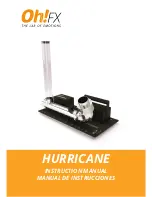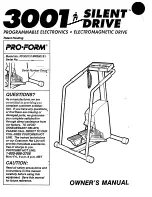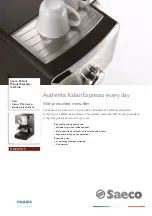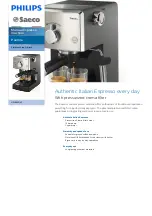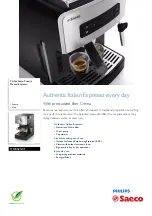
MAINTENANCE
I32NEW-I26NEW-I21NEW
Rev. 00 del 05/07/04
31/36
5.2.1 HYDROMETRY
In order to check the batteries hydrometry the operator has to follow the instructions below:
??
By means of a hydrometre draw a small quantity of electrolyte so that the floater reaches the surface;
??
Make sure that the floater inside the hydrometre is not blocked;
??
For a new measurement, after having filled the batteries with distilled water, the operator has to wait
until the liquid inside each battery becomes homogeneous.
5.2.2 WATER FILLING UP
??
Fill distilled water up in each battery cell before the recharge. The liquid inside the batteries has to
be of 6 mm. over the plates;
??
The operator has to repeat the same operation every time the level decreases (every week).
5.2.3 CHARGE LIMITS
It is not necessary to recharge the batteries if the hydrometry, after a work day, is not under 1,24 (28 Bè). The
highest suggested temperature is 45°C. If the electrolyte temperature increases more than 10/12 °C compared
to the outside temperature, the batteries can be overcharged.
5.2.4 OFF DUTY OR INACTIVE BATTERIES
Inactive batteries looses their automatically their charge. If batteries do not continually work, the operator has to:
??
Charge the batteries once a month with a ‘final’ stream intensity until gas is spread and the batteries
voltage and weight are constant for 3-4 hours. This operation has to be done even if the absolute
weight is high;
??
Keep the batteries in a dry room.
5.2.5 BATTERY CHARGER TECHNICAL FEATURES
The battery charger has to show the features listed in the scheme below:
IN
230V, 50Hz, 5A
OUT
36V, 30A
























